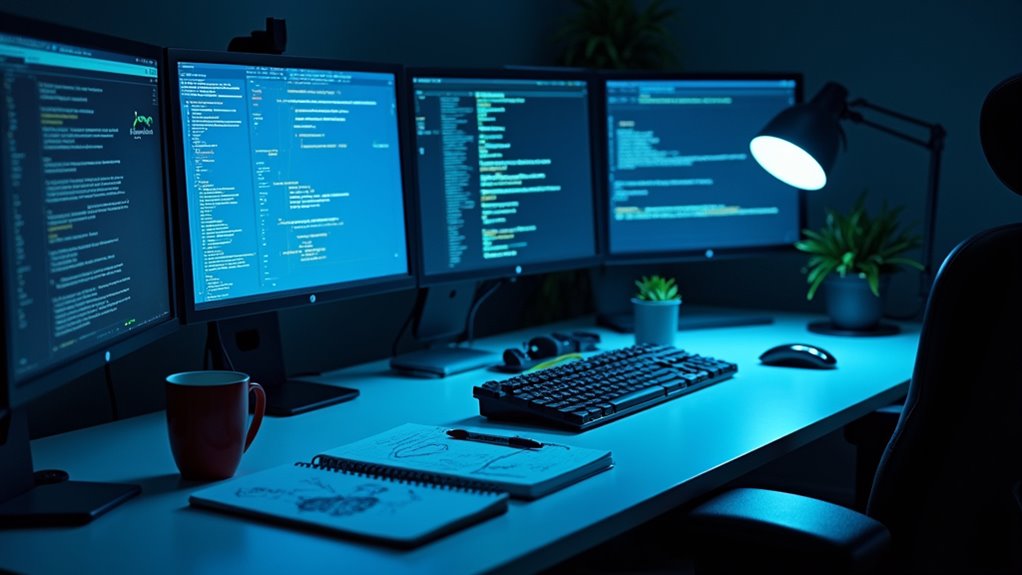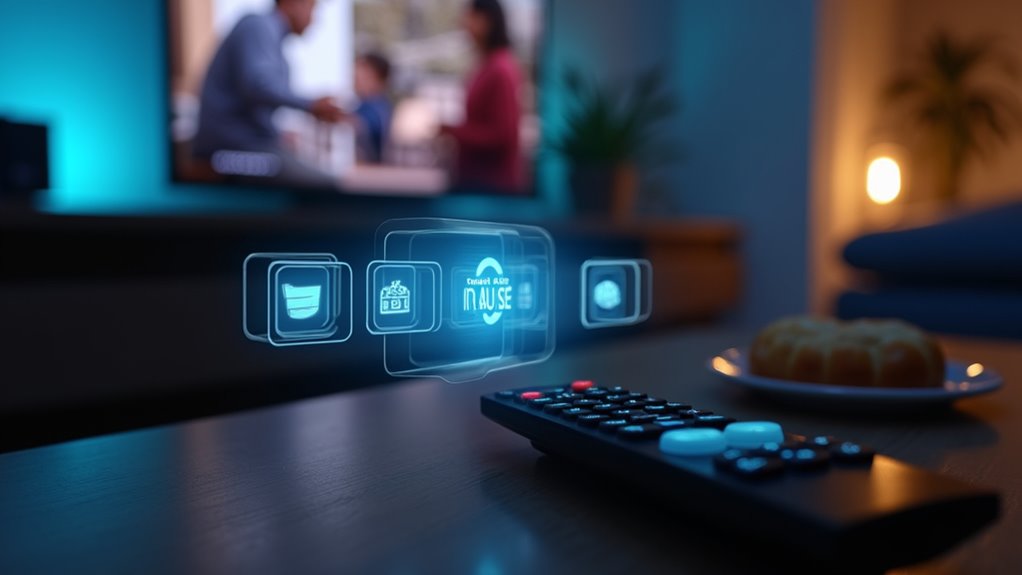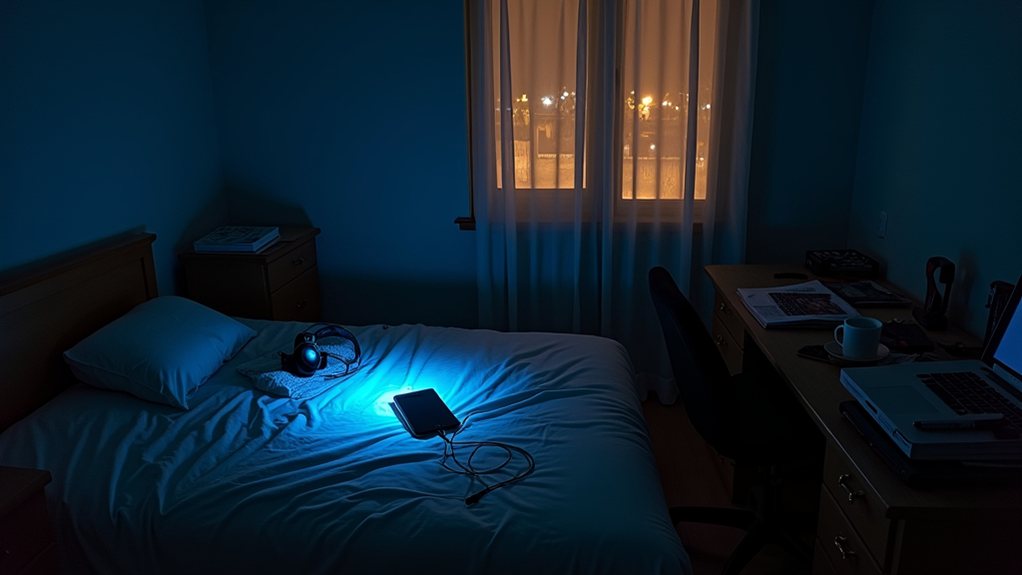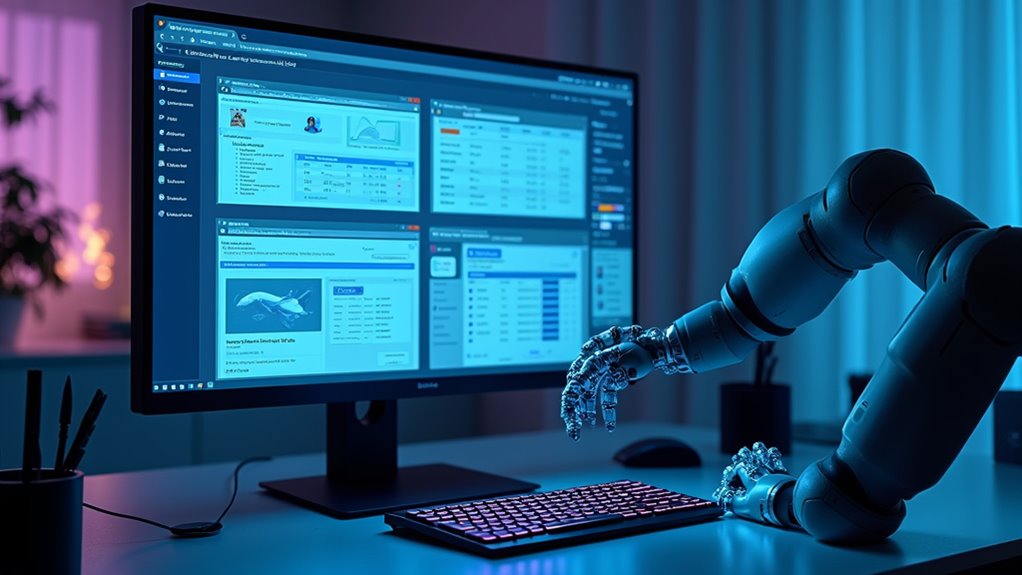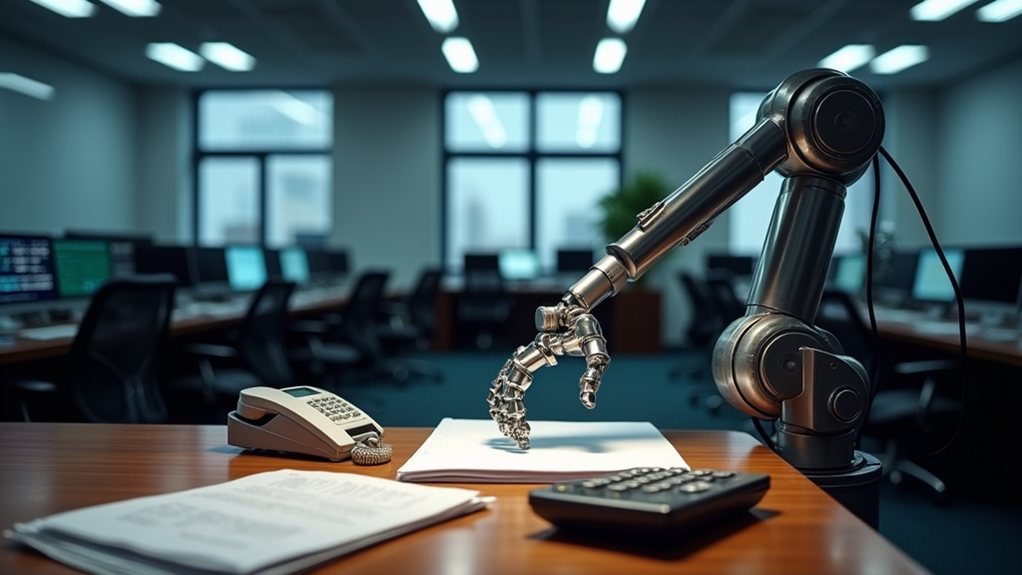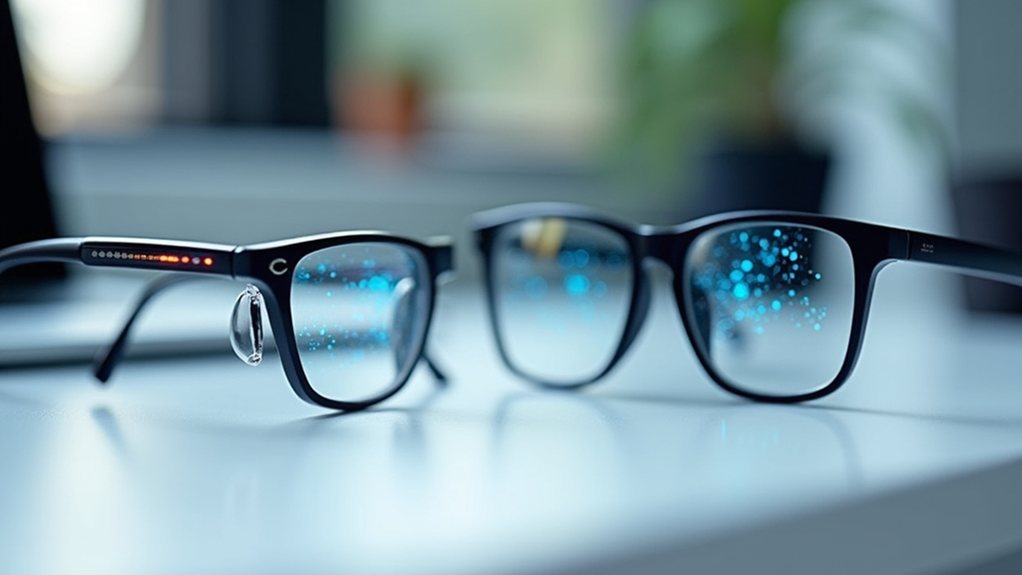Generative AI has turned the workplace into a productivity buffet—think drafting emails in seconds and cranking out performance reviews while barely breaking a sweat (or a yawn). The downside? That little spark that made work fun, or at least tolerable, sometimes fizzles. Folks save over two hours a week and managers love the polished output, but let’s be honest: if answering emails feels like swiping through Netflix, something’s off. Want the upside *and* your mojo back? Stick around.
Even if you haven’t been cornered by a coworker raving about their “AI-powered inbox zero routine,” it’s clear that generative AI is elbowing its way into the modern workplace—and it isn’t exactly shy about it. As of December 2024, about 30% of workers admit they’re using generative AI on the job. It’s popping up everywhere, from drafting those chirpy marketing emails to turbocharging quarterly performance reviews.
And, let’s be honest, it’s hard to complain about anything that promises time savings in today’s meeting-marathon culture. In fact, about 92% of companies plan to increase AI investments over the next three years, reflecting just how central these tools are becoming to modern workflows.
But here’s the kicker: frequent users—think daily devotees—are racking up the most rewards. They’re saving more hours than their once-a-week counterparts, sometimes clawing back over four hours a week. The average? A cool 2.2 hours per 40-hour week, which might not sound like much until you remember how long those Monday status updates can drag on. This jump in AI adoption is a marked shift from previous years, when usage was largely limited to tech enthusiasts and niche applications.
Zoom out, and the overall productivity bump for the workforce lands at about 1.4%. Not exactly “Jetsons-level” transformation, but still, who wouldn’t want an extra Netflix episode’s worth of time each day?
AI’s not just about speed, though. It’s flexing its muscles in quality, too. Performance reviews are sharper, emails feel less like they were written by a sleepy Roomba, and social content gets a much-needed personality upgrade. Companies implementing AI solutions are experiencing a 66% increase in throughput compared to traditional workflows, dramatically changing how work gets done.
The outputs? More polished, more analytical, more engaging—basically, the kind of work your manager actually notices.
Yet, for all its wizardry, there’s a dark side. Studies suggest that when people hop from AI-assisted tasks to regular work, their motivation can nosedive. Boredom creeps in, and that “I’m in control” feeling wobbles.
Turns out, relying too much on your digital sidekick can leave you uninspired when the bots clock out.
